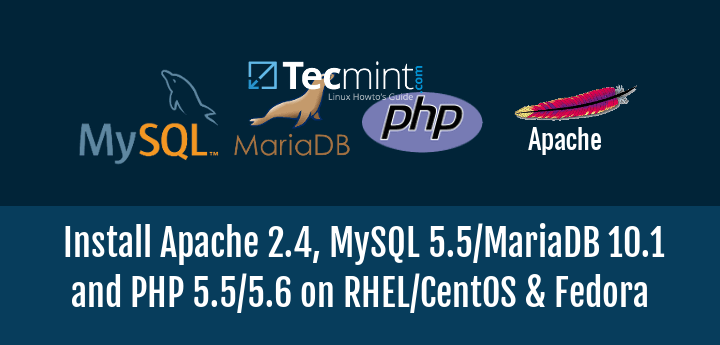How to Install Oxwall on CentOS 7. Published on: Wed, Jan 25, 2017 at 3:57 pm EST. Install PHP 5.6 and required dependencies for Oxwall using the IUS YUM repo. Modify a firewall rule. Before users can visit your Oxwall site, you need to allow HTTP traffic on port 80 in the firewall settings.
On this page • • • • • • • • • • Zabbix is an open source monitoring tool for network services, network hardware, servers, and application. Designed to track and monitor the status of your system and servers. Zabbix offers support for many database systems - including MySQL, PostgreSQL, SQLite, and IBM DB2 - to store data. Hp Pre Installed Programs On My Computer. Zabbix backend is written in C, and the frontend is written in PHP. In this tutorial, we will show you step-by-step how to install and configure an open source monitoring system Zabbix 3.4 on the CentOS 7 system. This guide will cover some topics, including installation and configuration of the LAMP Stack for our Zabbix installation, and how to change the default password for Zabbix admin web UI. Prerequisites • CentOS 7 Server • Root privileges What we will do?

• Install Apache2/httpd on CentOS 7 • Install and Configure PHP 7.2 on CentOS 7 • Install and Configure MySQL • Install and Configure Zabbix 3.4 on CentOS 7 • Configure FirewallD • Zabbix Initial-Setup • Change Default Admin Step 1 - Install Apache2/httpd In this guide, we will run Zabbix under the Apache web server. The web server packages can be installed from the default CentOS 7 repository. I have a problem, and I have searched but I have not found the solution. When typing systemctl status zabbix-server the result I get is the following:?
This tutorial will concentrate on how to install and configure famous LAMP stack (Linux,,,). The LAMP Softwares are completely replaceable with other similar Softwares, and it’s not limited to the original bundle. As a web stack, LAMP is suitable for building dynamic websites and web applications We are assuming that you have root permission, otherwise, you may start commands with “sudo”. Install Apache Server with Basic Configurations First of all you have to Install Apache 2.4 httpd service binary package provided from official repositories using the following command: yum install httpd Make your Apache to run at startup: systemctl enable httpd After the installation of Apache, you also have to add some rules to your firewall: firewall-cmd --add-service=http firewall-cmd --permanent --add-service=http systemctl restart firewalld systemctl restart httpd Now you can test your Apache by opening your browser and see your Public IP address (or domain). If you have done everything right you should see something like the picture below: Install MySQL (MariaDB) We are going to install MariaDB instead of MySQL, you might ask why? MariaDB is a community-developed fork of the MySQL, and it’s led by MySQL developers. Pci Serial Port Driver Hp Pro Desk 600 G1 Sff.
MariaDB maintain high compatibility with MySQL, It’s very smooth and lightweight: yum install mariadb-server mariadb Make MariaDB to run at startup: systemctl enable mariadb After the installation, we should start MariaDB with the following command: systemctl start mariadb In this step we are going to run MySQL secure installation to remove some insecure defaults: mysql_secure_installation If you are happy with your MySQL root password then you can skip the first question, it’s recommended to answer all other questions with “y”. After the secure installation done, you have to enable your database management to run at the startup systemctl enable mariadb.service Install PHP 5 We’re going to include the PHP-MySQL package as well: yum install php php-mysql We should restart the Apache service in order to work with PHP with the command below: systemctl restart httpd.service Now it’s time to test your PHP.